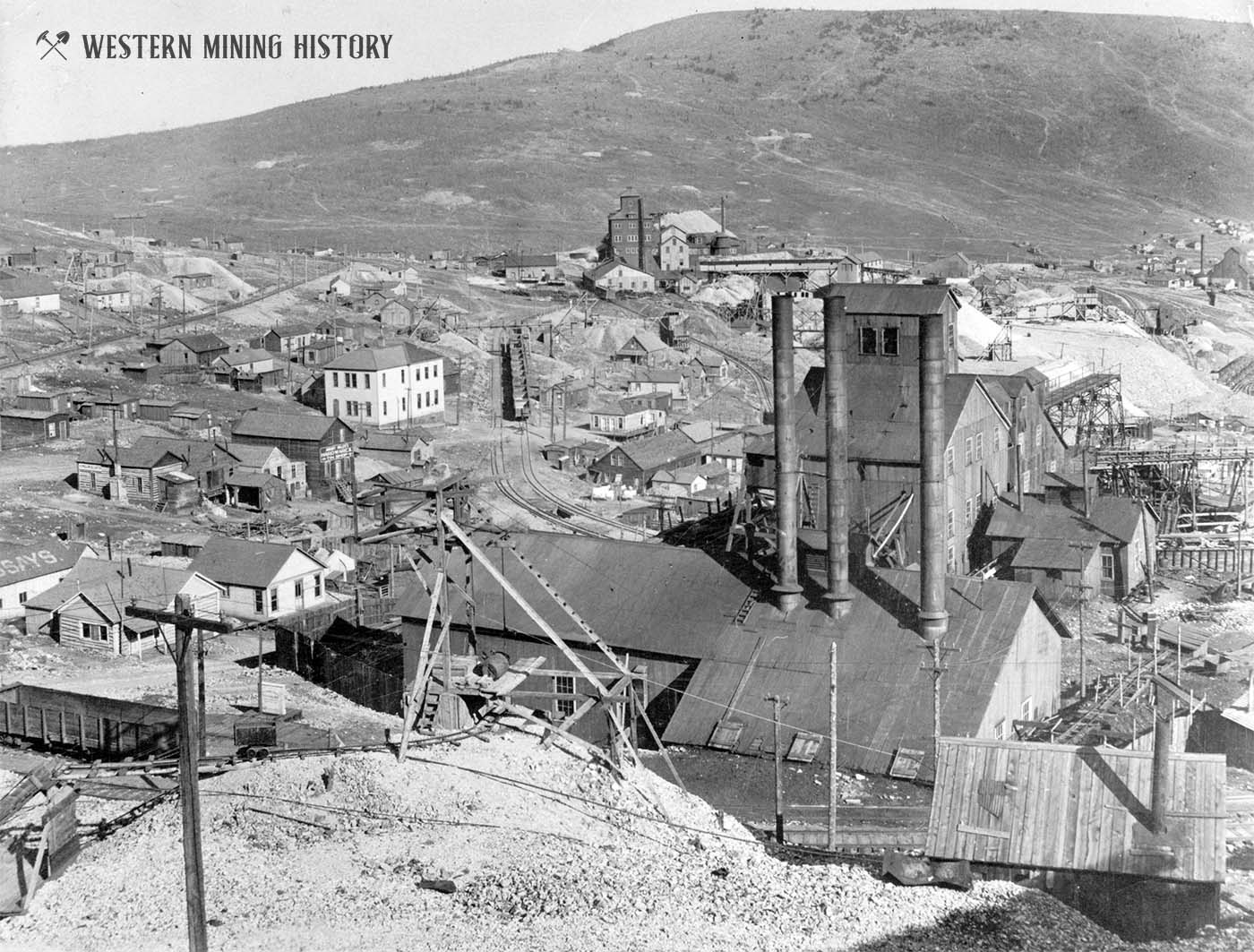Independence History
Independence was one of numerous towns that formed around the rich mines of the Cripple Creek District. First known as Hull's Camp, or Hull City, the name was changed to Independence in 1894 after the Independence Mine rose to prominence in the area. The Independence Mine was actually over two miles south of the town, and was much closer to the city of Victor, but it seems promoters wanted to give the mine a boost by having a nearby town named after it.
Some maps, like the 1896 Cripple Creek District claims map below, still showed the settlement as Hull City.
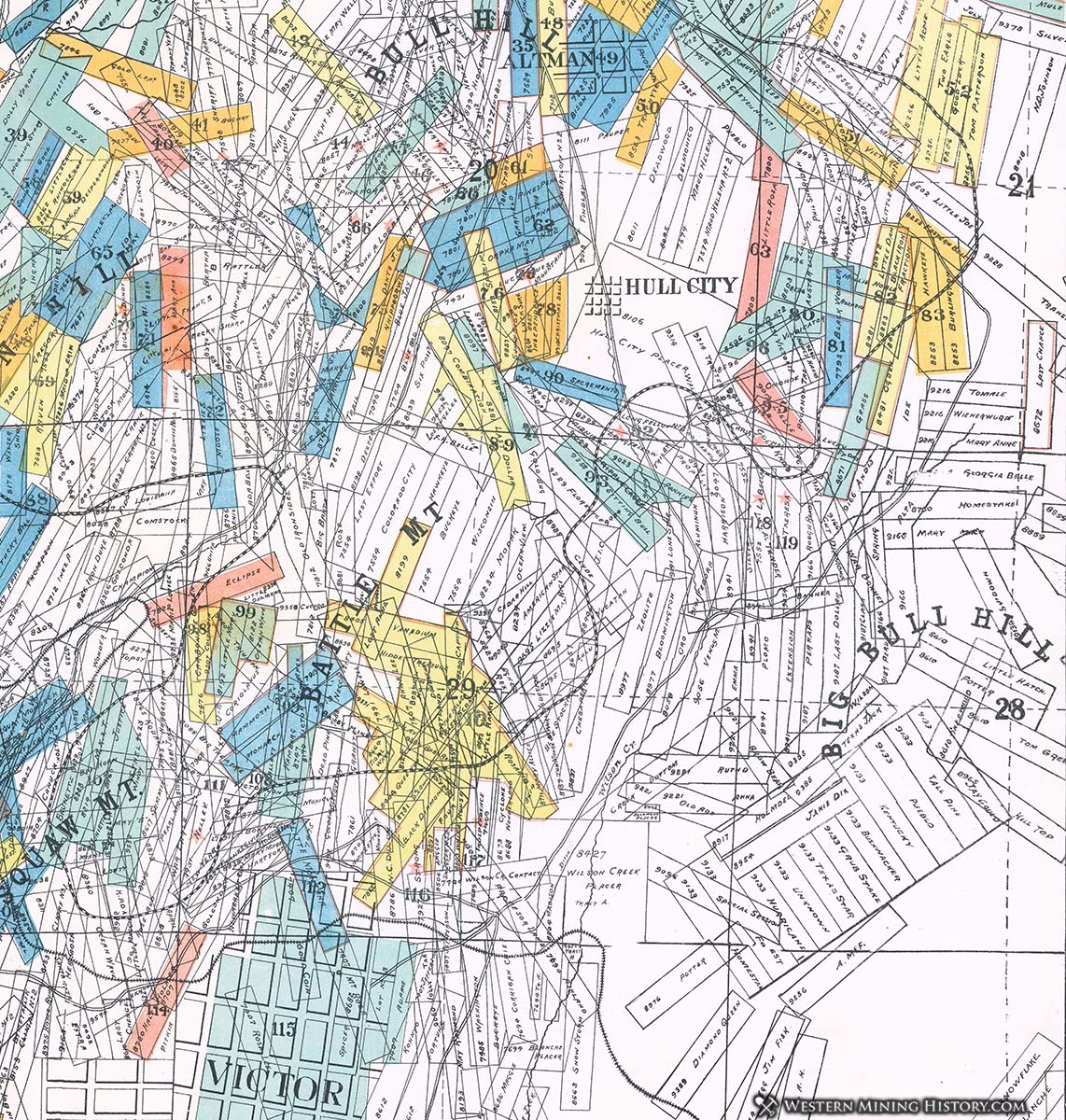
By 1899, Independence had become a significant community with over 1,500 residents, a post office, two hotels, and numerous businesses and commercial buildings. The Midland Terminal and the Florence and Cripple Creek railroads both had depots here. The Vindicator and Hull City mines were significant producers that employed many miners at Independence.
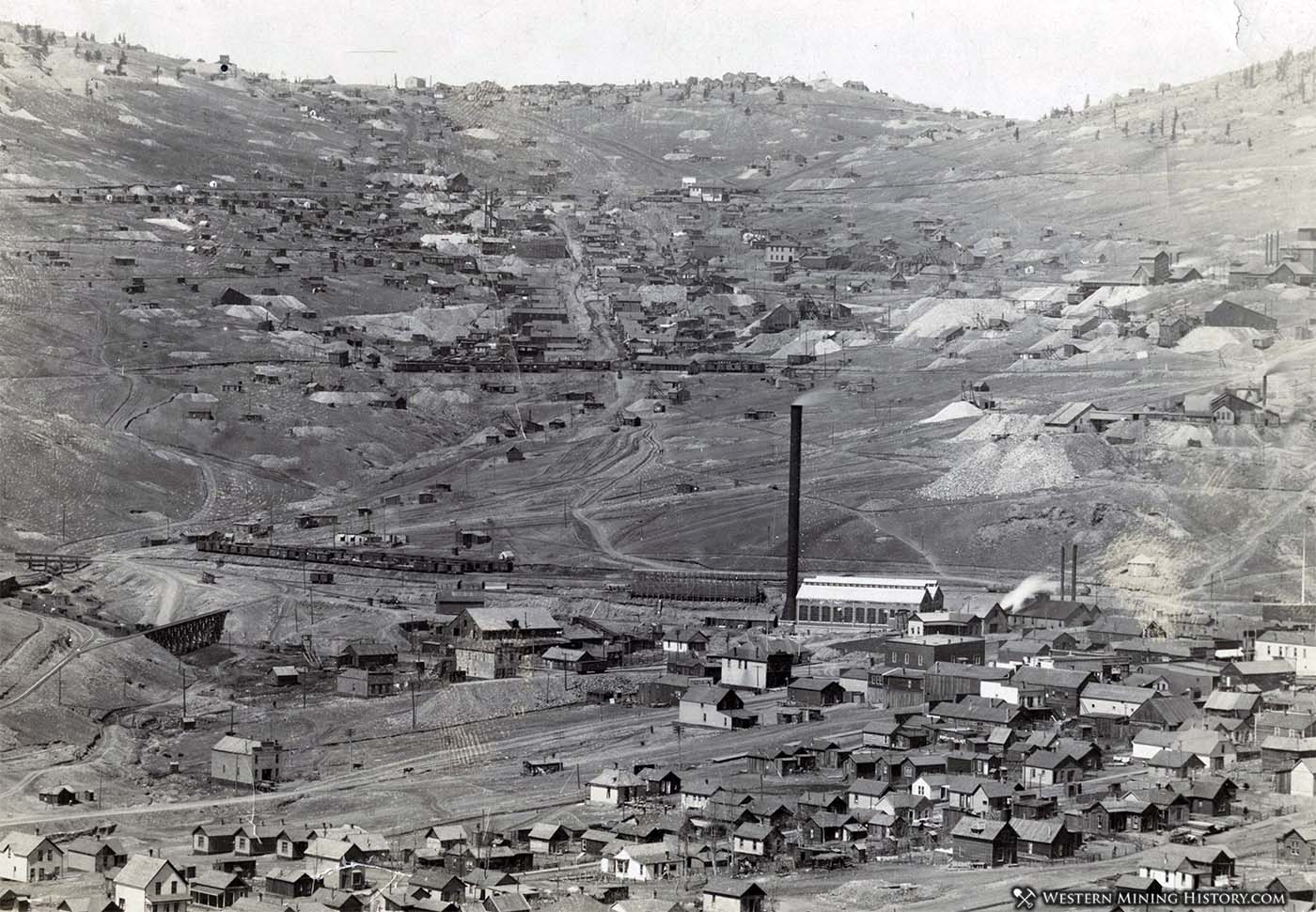
Labor troubles that rocked the district in late 1903 significantly impacted Independence. After thousands of miners walked out of the mines, bloody conflicts erupted between the Western Federation of Miners union, mine owners, and militias sent from the state of Colorado. On November 9, a bomb planted in the Vindicator mine killed two men. The bomber's name was Harry Orchard, but that fact was not known until after he struck again six months later.
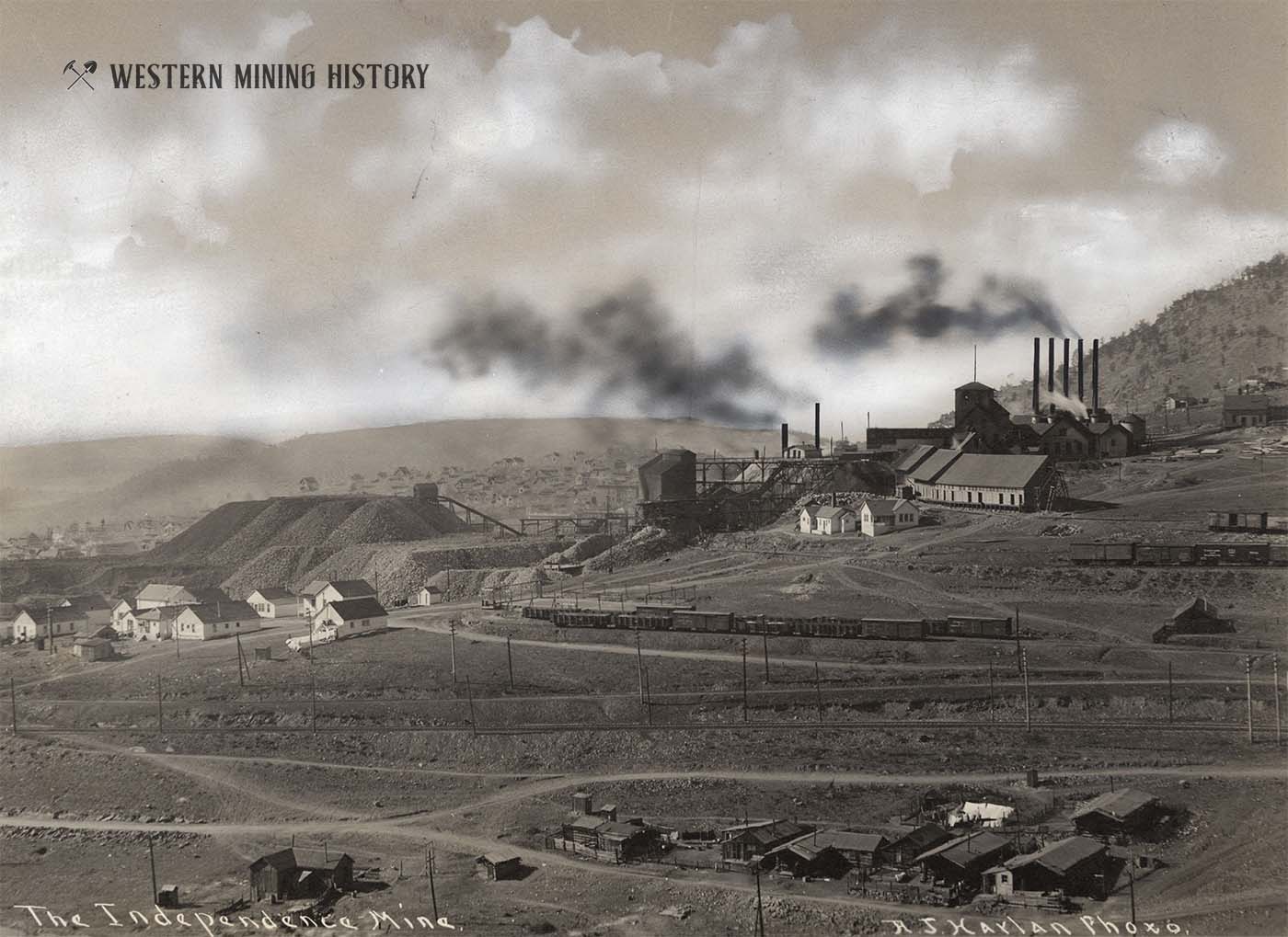
Orchard and an accomplice concealed over 150 pounds of explosive under a platform if the Florence and Cripple Creek Railroad depot. On June 6, 1904, the bomb exploded killing 13 miners and injuring 20 more. An article that details the aftermath of the blast is included later on this page.
By 1910 many people had left Independence, with just 500 residents counted that year. The population continued to decline over the years, resulting in the closure of the post office in 1954. The Hull City mine closed in 1958, putting an end to this historic mining town.
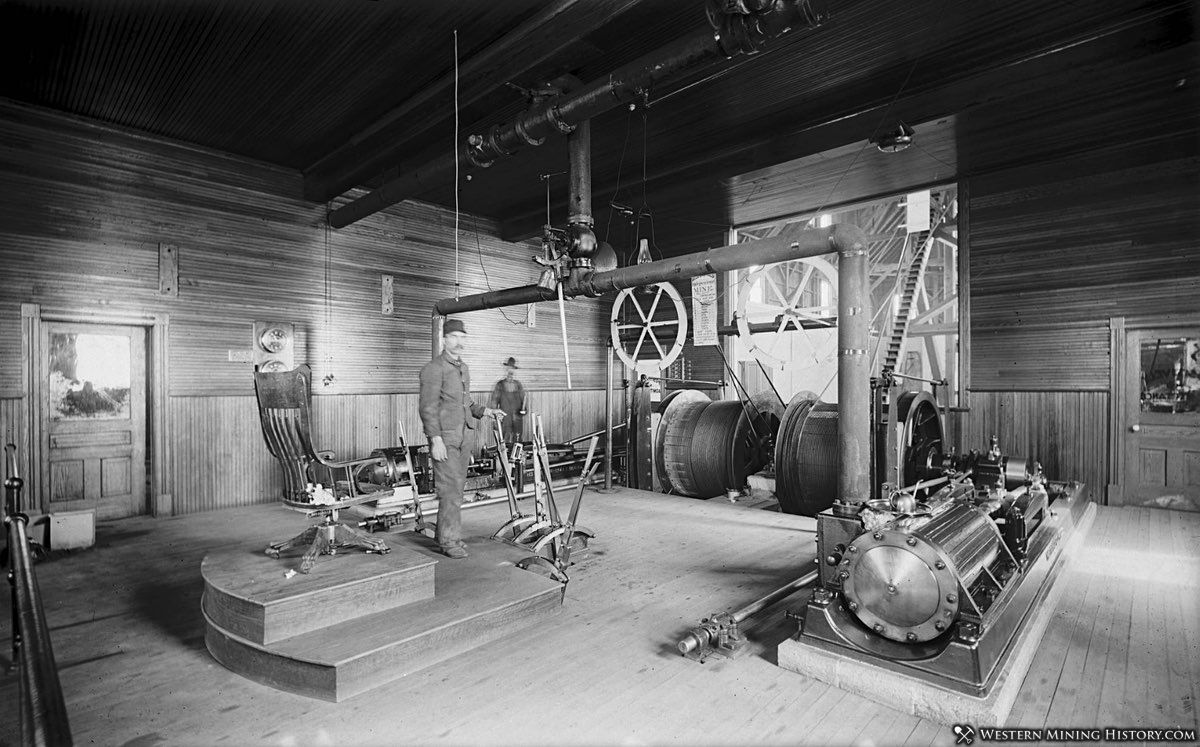
Deadly Dynamite Explosion at Independence
From the June 10, 1904 edition of the Erie News.
The Republican correspondent at Victor gives the following account of the terrible dynamite explosion at the Independence depot yesterday morning:
The most dastardly crime ever committed in the annals of the West cost the lives of thirteen miners employed at the Findley mine, crippled many others for life and has precipitated a condition of riot in the Cripple Creek district which has cost at least one other life and before peace is again restored may cost many more.
At 2:35 o'clock a. m., at the change of shifts at the Findley mine, between fifty and sixty of the miners working on the property passed down the hill a few hundred feet to the Independence depot of the Florence & Cripple Creek railway, there to board the coming suburban train for their several homes in Victor and Cripple Creek.
They had completed their night’s work, the train had whistled for the station and was slowing up for the platform to take these men aboard. Suddenly a terrific explosion occurring under the platform, of the depot tossed nearly one-half of the waiting miners high into the air. mangled the bodies of ten of them almost beyond identification, killing immediately eleven, injuring two to such an extent that they died soon after their arrival at the hospital, and maiming five for life.
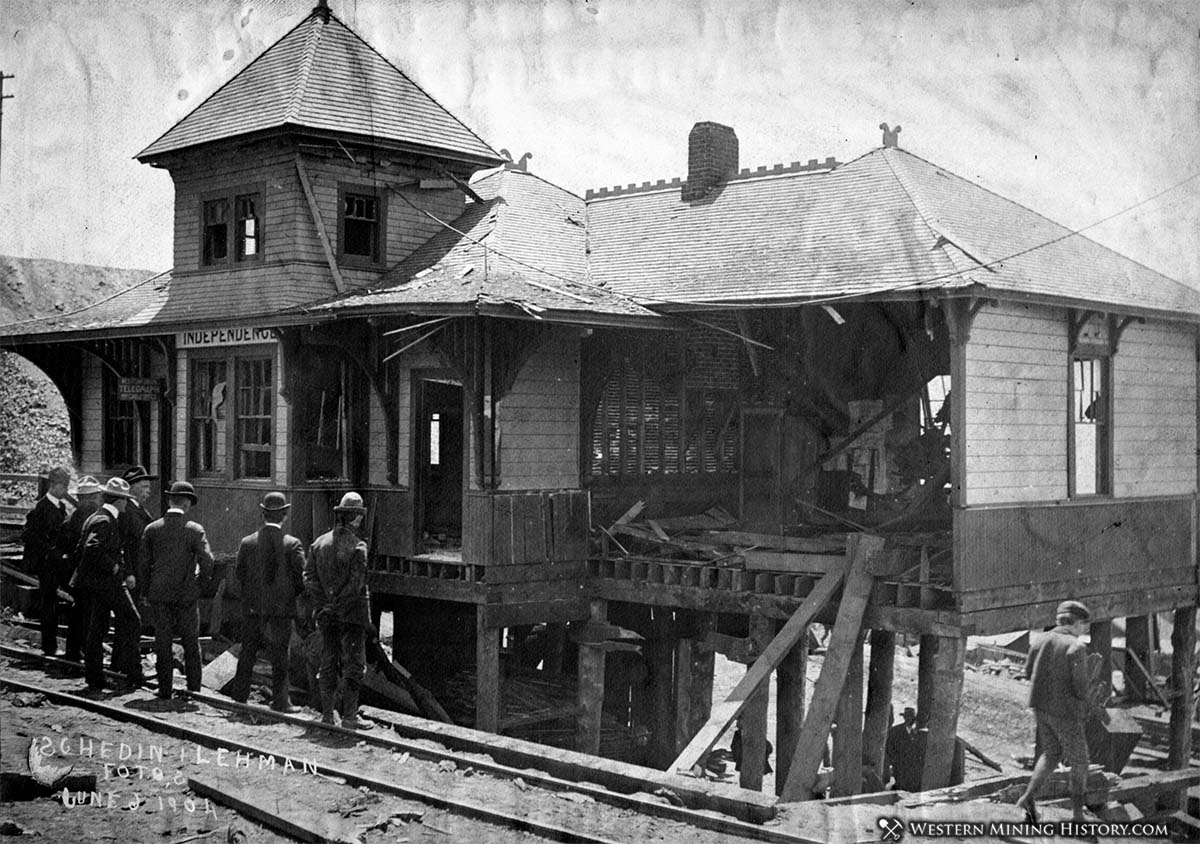
The scene following is one beyond description. The force of the explosion put out lights in Altman, a mile and a half away, broke windows in Goldfield and Independence, wrecked a number of homes near the depot and tore an immense cavern in the ground where the depot platform and building had once stood.
The platform of the depot stood high above the ground and was open. There is no agent at the station at night.
A small feed wire had been run from the end of the depot to the cribbing of the Dolmonlco shaft, 400 feet away.
A jerk of the wire had worked some infernal machine which in turn had exploded between fifty and a hundred pounds of dynamite, judging from its effect, which had been surreptitiously placed beneath the platform in preparation for the commission of the crime.
A number of buildings surrounding the Independence station and which were damaged more or less by the explosion had been occupied as homes by union miners now on strike in the district.
Warning had been given these, and none within the reach of the explosion were at home when it occurred.
Fortunately the hoisting at the Shurtloff mine near by had been delayed. and the forty or more miners employed on that property had not been released to take the train, as was their custom.
But for this, and with a little more careful planning of this plot by the assassins, 100 men might have met death in the explosion.
That it was a deliberate, cold-blooded murder, and that it was perpetrated by union miners is not denied, and is believed by practically every person in the Cripple Creek district to-night. The assassin had planned the work carefully, deliberately, and there is no doubt but that in doing it he had the connivance, support and advice of many besides himself.
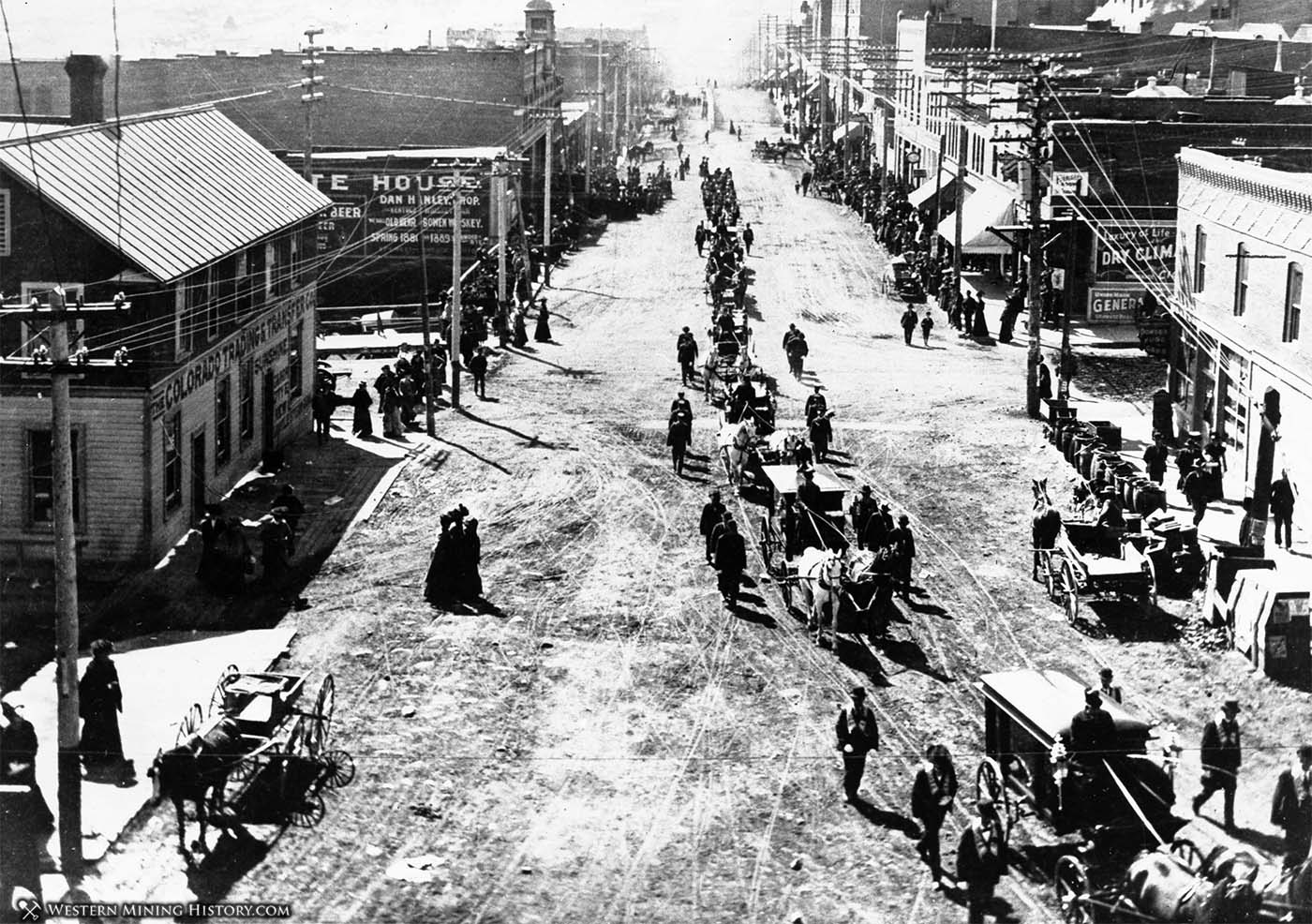
No arrests for the specific act have been made, but as the outcome of the violent demonstrations of thousands of citizens and non-union miners alike, fully 150 union miners were taken in charge by deputy sheriffs, deputy marshals, militiamen and private individuals. by force of arms, in Victor, Independence and Goldfield, and these at 11:20 o’clock to-night were placed upon a special Florence & Cripple Creek train and headed for Cripple Creek, six miles away.
The Trinidad bloodhound was telegraphed for. brought here and took up the trail of the murderer at 5 o’clock.
The pump man at the Altman water works pump house on the Colorado Springs wagon road, about a mile below Cameron, says that at noon to-day he saw Victor Poole, one of the union miners who was taken in custody in the early days of the strike on various criminal charges, seated In the back end of a buggy, which was being driven by a woman and heading down toward Colorado Springs at great speed.
Specific charge against any one man or set of men for committing the crime has not been made. Detective Rob Sterling, an employee of the Mine Owners’ Association, says that he has positive information who it was pulled the wire.
News of the enormity of the crime was telephoned to President A. E. Carlton of the Findley mine by his superintendent, James S. Murphy, soon after the explosion.
At 3:50 o’clock a special train on the Midland Terminal was made up in Cripple Creek with all available physicians, by Mr. Carlton, Mr. Murphy and B. C. Newcombe, and hastened to the scene of the disaster. There the view of the wreck which met them in the early light was one which beggars description.
The body of one man had been blown seventy-five yards away, two feet of others were found on the Delmonlco dump 400 feet away.
The hillside was covered with portions of flesh and the nearby buildings spotted with blood.
The Injured were placed upon the train and hastened to the hospital in Victor. A return trip was made for the bodies of the dead, and everything possible done toward gathering up the remains.
There had been many miraculous escapes from the effects of the explosion. Fully two-thirds of the men waiting on the platform were able after a few minutes to render assistance to the injured.
Officers from Cripple Creek came upon the scene soon after the removal of the bodies. Under Sheriff J. Knox Burton reached the scene of the crime, and after tracing the wire by which it had been committed to the point where the perpetrator sat, he called two union miners from the crowd, deputized them and with them in charge of the clue, left. Later in the day. when a new sheriff had been appointed, the first act of his official life was to remove Under Sheriff Burton from office.
Cripple Creek “The World’s Greatest Gold Camp”
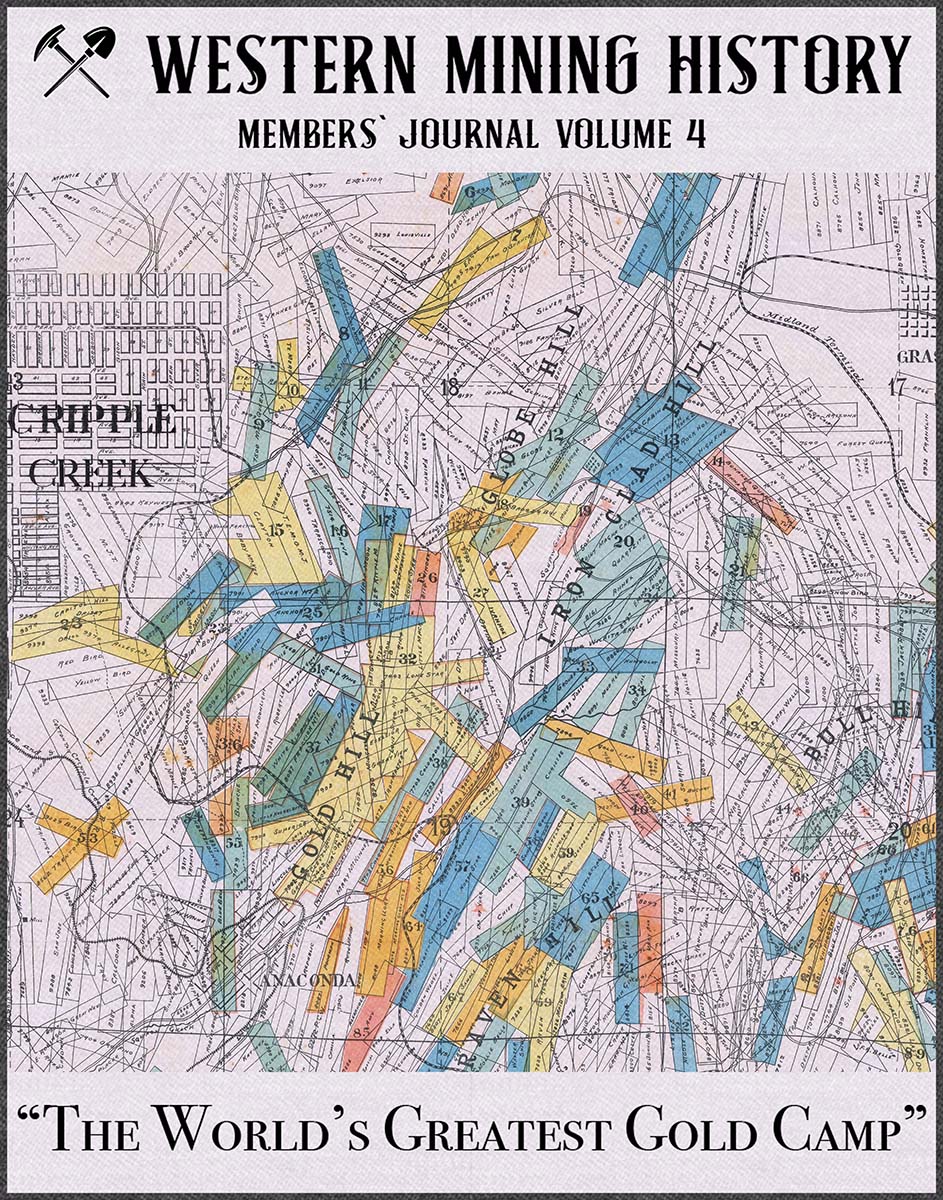
"So thickly were the hillsides and gulches studded with homes, than one can easily say that the Cripple Creek district is one great city, covering thirty-six square miles." Cripple Creek – “The World’s Greatest Gold Camp” uses selected text from a 1903 special edition of the Cripple Creek Times, and over 50 images from various sources to illustrate the importance and magnitude of Cripple Creek during the district's peak years.
A Tour of Colorado Mining Towns
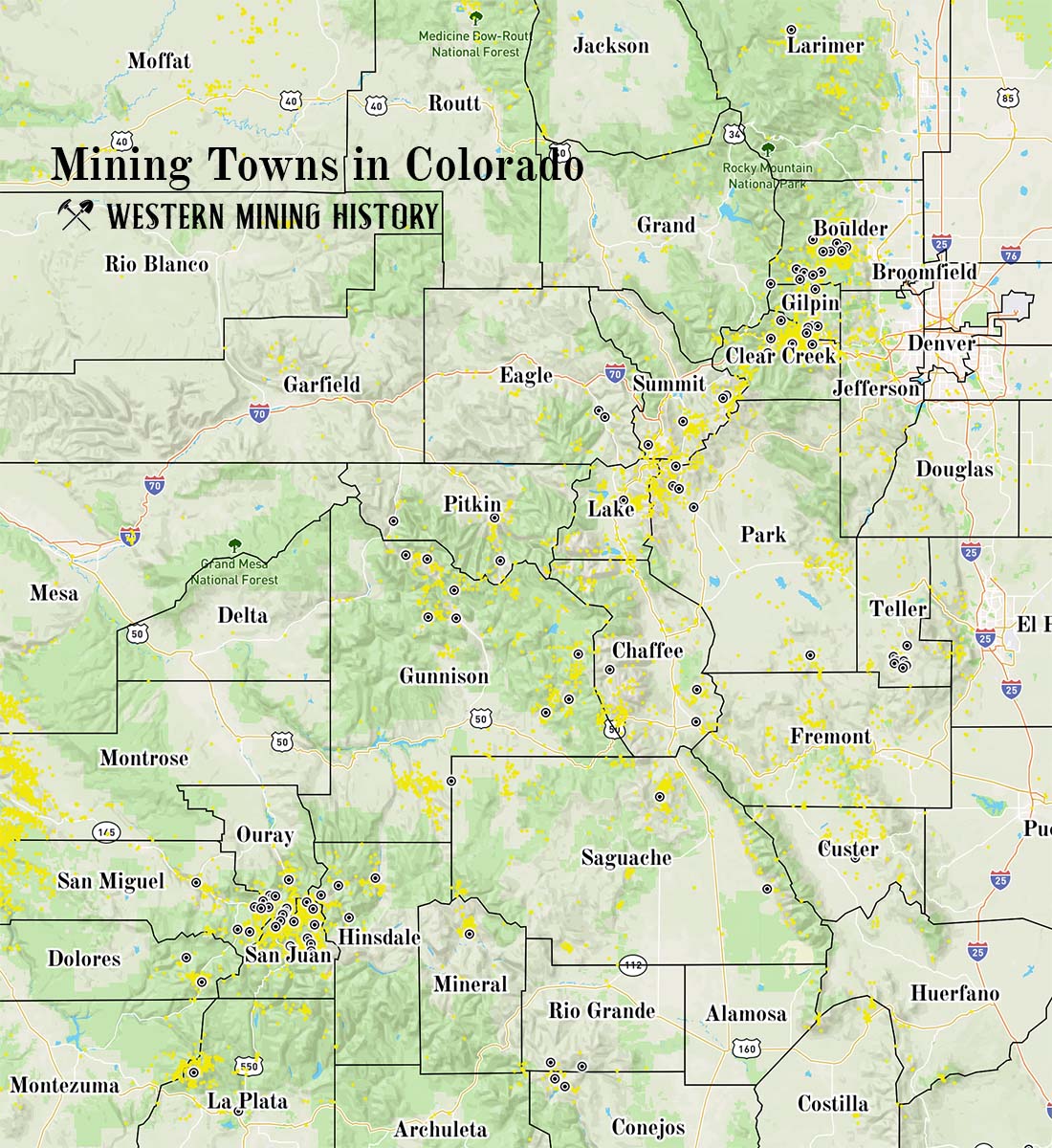
Explore over 100 Colorado mining towns: A tour of Colorado Mining Towns.
Colorado Mining Photos
More of Colorado's best historic mining photos: Incredible Photos of Colorado Mining Scenes.
